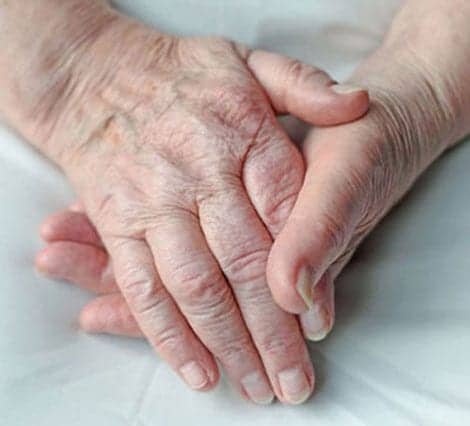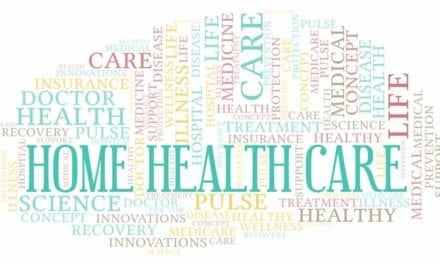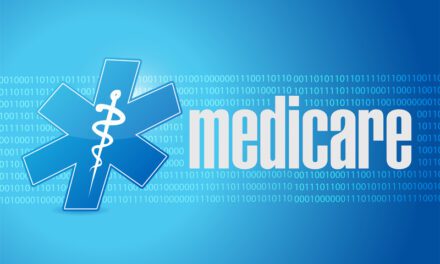A report by the Centers for Medicare & Medicaid Services’ (CMS) Office of the Actuary indicates that average annual growth in per capita personal healthcare spending for older adults was 4.1% from 2002 to 2010, which is the lowest among other age groups studied, the report states.
Access the data tables and read the sources and methods here
A news release issued by CMS reports that these estimates stem from a subset of annually issued National Health Expenditure (NHE) data, which measures healthcare spending in the US. The report assesses aggregate and per-capita health spending by gender and major age groups. Services and medical goods used to treat or prevent a specific condition or disease in a specific person are at the core of personal healthcare costs. Therefore, the CMS release points out that estimates of health spending by age and gender reflect goods and services delivered, including hospital care, physician and clinical services, retail prescription drugs, and the programs and payors for that care, such as private health insurance, Medicare, and Medicaid.
The release notes that ultimately, report authors observed that growth in spending among groups over this time varied, particularly during the recent recession. From 2008 to 2010, the largest difference in average spending growth between males and females was for the working-age group (aged 19 to 64 years old). During this period, the results indicate that per capita spending growth for this group was 4.0% for males and 2.6% for females. The authors point to a 3.7% decline in birth rate during the period as a potential cause, as growth in spending for females aged 19 to 44 years old slowed as they spent relatively less on maternity care.
In older adults, per capita spending in 2008 to 2010 averaged 2.4% annually, lower than growth for other age groups. Slower Medicare spending and continued slow growth in nursing care facilities and continuing care retirement communities contributed to the low rate of growth, the report notes. Additionally, private health insurance spending per enrollee for individuals aged 65 years and older grew slowly, at 3.0% annually over the period. The authors designate this as the slowest growth rate of private health insurance among the major age groups. Out-of pocket spending per person for older adults declined 0.4% annually over this period, the results suggest.
The release notes that additional report highlights include that spending for children on a per capita basis increased more rapidly between 2002 and 2010 than the other age groups. However, aggregate spending for children increased at the slowest rate at 5.7% as their share of the US population declined.
Report results also suggest that personal healthcare spending for females, a total of $7,860 in 2010, was about 25% more than males on a per capita basis. However, the gap increased from a peak disparity of 29% in 2004.
Lastly, in spite of the lower growth among older adults, per capita spending by older adults in 2010, a total of $18, 424, continued to be about three times more than the average for working adults ($6,125) and five times more than children ($3,628), according to the report.
[Source: Centers for Medicare & Medicaid Services]





